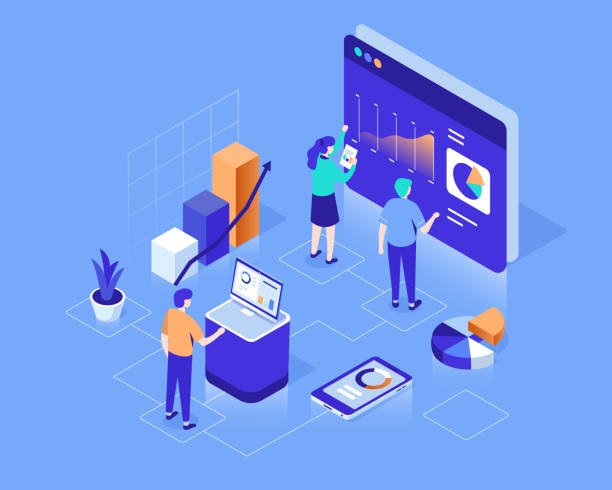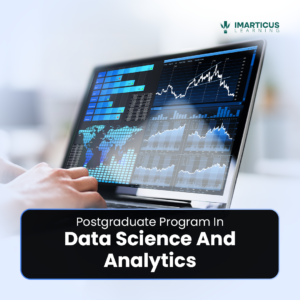The banking sector is getting smarter. This digital transformation includes the integration of banking business with digital technology. With a significant aspect of finance happening to investment banking, it has become a significant factor in the banking industry which proposes a substantial career opportunity to many.
Here are some career paths a finance degree can prepare you for:
Fintech business analyst
Fintech companies provide consumer services like business loans or digital banking and work with traditional financial institutions to modernize technologies. Fintech companies look for business analysts with strong financial knowledge. If you’re a fintech aspirant, gain some business operations or data analysis experience for a competitive edge.
Impact investing analyst
Impact investing and closely related socially responsible investing are budding methods of investing, which lets investors choose to place funds in projects that align with their value proposition. Investors screen portfolios for companies that are working to alleviate social issues. Analysts work for companies focusing on responsible investing.
Financial analyst
Financial analysts describe data & help investors make sound decisions. Financial analysts work for investment banks & businesses to find new business or investment opportunities. They are responsible for studying the big-picture phenomena like market trends and competitor movement, devise models & predict sales and guide business decisions.
Commercial banker
Commercial banking has gone through a massive transition in recent years, adopting digital technologies to enhance its services while evolving to accommodate new players in fintech. But commercial bankers play an active role in the economic health of local areas.
Financial advisor
A financial planner guides clients to achieve short & long-term financial goals. An advisor counsels a client on investment structure or prepares plans to help pay for college for a client’s children. Personal finance advising is a rewarding career, with immense opportunities for face-to-face interactions.
Why get a finance degree?
A finance degree equips aspirants with an understanding of accounting, statistics, and economics and prepares for a career in managing money in various forms. Finance is a crucial aspect of most organizations, making the industry more versatile and steadily in-demand across many sectors.
Studying finance opens scopes for careers with significant financial rewards, but that’s not the only benefit. Finance powers the economy, and professionals drive the economy on the right path. Finance in the right hands is a powerful force for innovation, prosperity, and social benefit.
Finance degrees: Bachelor’s, Master’s, and Online degrees
Bachelor’s degrees in finance
Before courses for financial analysts, a bachelor’s degree in finance is the first step for a finance career. Undergraduate coursework in finance includes introductory courses like accounting, macroeconomics, microeconomics, and statistics. Some courses may demand calculus or other mathematics.
Master’s degree in finance
A master’s in finance builds an understanding of finance basics. Coursework includes financial modeling, pricing theory, data analytics, and financial ethics. A master’s degree enhances earning potential & prepares you for tasks needing a deeper understanding of financial principles.
Earning online finance courses
Online learning fits the quantitative and analytical nature of finance degrees. The online financial analytics course syllabus has multiple perks, are affordable and flexible. Online courses specifically cover skills like financial modeling or accounting.
Additionally, chartered financial analyst courses & financial analyst courses are other ways to build a finance career.
Getting started in finance with Imarticus Learning
If you’re ready to get started, take a look at Imarticus Learning’s accounting, business, and finance degrees. Since the role of data and financial analytics is clear for the Fintech industry, professionals must strive for a better career in analytics. A financial analyst course is the first step to pave the path into the world of big data.
Imarticus Learning empowers students with Financial Analysis Prodegree (FAP) that experts professionally tailor to use proper data analytics applications efficiently. The financial analytics course syllabus comprises theoretical and practical knowledge through workshops with industry experts, which provides an excellent opportunity to learn.
Please send us an inquiry today through the 24×7 Live Chat Support System and request virtual guidance from experts!








 When you
When you  Are you looking for a
Are you looking for a 
 Regardless of the business analyst certification, an
Regardless of the business analyst certification, an 